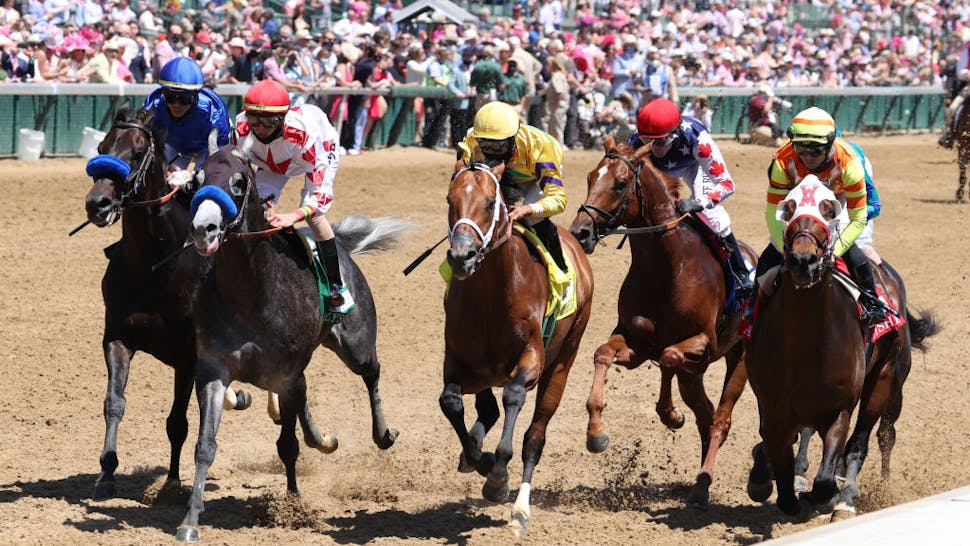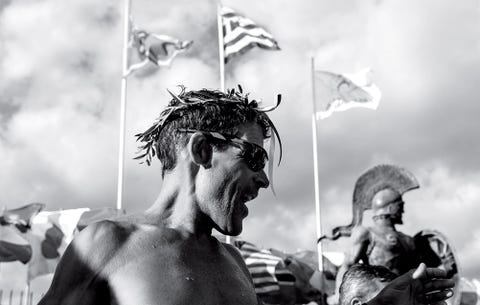
Captain J.J. Dickison, renowned for his fearless role in leading Florida’s “Cow Cavalry” during the war, is said to have always carried three revolvers – two in holsters and one on his saber belt. On more than one occasion after emptying his pistols and dashing up to an enemy cavalryman who was ordered to surrender, but refused to do, he would strike an unerring blow with his trusty saber.
Goths and Vandals in Florida
“Gainesville, Fla., August 19, 1864
The enemy’s cavalry [from Ohio and Massachusetts], reported to be four hundred strong, reached this place on the 17th, at four o’clock, a.m., with the view to sacking and burning the town. Upon their arrival, we had but one company of militia and a few citizens, who had assembled suddenly upon the emergency, under command of Judge Thomas F. King, to repel them.
Finding that they were unable, in consequence of the largely superior force, to successfully resist them, they retired . . . anxiously hoping for the arrival of our cavalry.
The enemy, or, at least a majority of them, were stationed at the railroad and depot, while the remaining began an indiscriminate robbery and plunder of the citizens of the town. Just in the midst of their thieving operations, and conduct such as would have been a disgrace even to the names and character of the Goths and Vandals, Captain [J.J.] Dickison . . . with his noble command, dashed in the town from nearly every direction.
When nearly opposite the residence of Colonel Dozier, Captain Dickison directed Lt. Bruton of the artillery, to open upon the enemy with the two pieces under his command. A portion of our cavalry then charged upon the enemy, and opened such a terrific fire upon them that they scampered through the town in every direction like a flock without a shepherd.
The fighting between our troops and the enemy then became indiscriminate and general. The Yankees tried to secret themselves in and under the houses in town, while many of them sought to remain near the ladies for protection, knowing full well our gallant men would not aim their trusty rifles at them thus situated. Finding that they were completely hemmed in . . . a large number surrendered.
A number of the enemy, after being routed . . . started pell-mell on the road leading to Newnansville, where they were met by a detachment of militia cavalry, commanded by Captain Williams, who captured twenty-four of them.”
(Dickison and His Men: Reminiscences of the War in Florida, Mary Elizabeth Dickison, Courier-Journal Printing Co., 1890, excerpts pp. 100-102)



